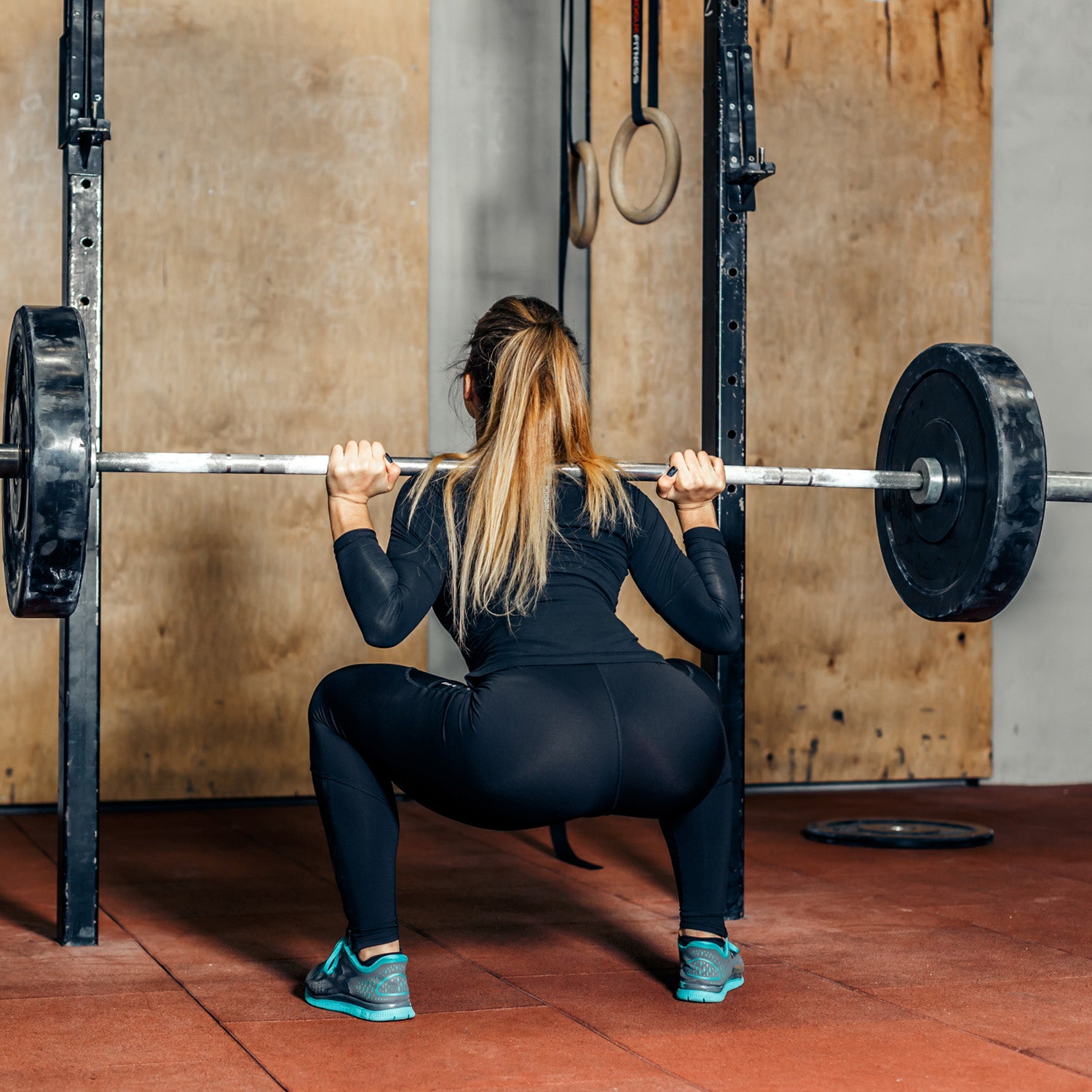Increasing squat strength is a common goal for huge numbers of athleten who are serious about performance because it’s so useful for a huge range of sports.
Aside from just sheer willpower and loading up the squat rack every day, there are some tricks you can use to get ahead and lift heavier and more efficiently.
Here are five tips to improve your squat.
Technique
Form is something anyone can improve on and there are a number of technical considerations that go into a squat. Some common mistakes include walking out too far from the rack which can waste energy, and dropping down too slowly on the descent rather than cannoning down quickly to again limit unnecessary strain.
Front Squats
Front squats can work peripheral muscles more than the back squat, which should ultimately help you to lift heavier in the latter exercise. In particular, front squatting can force the body to recruit the anterior core in order to resist flexion.
Paused Squats
Paused squats involve holding your position at the bottom of the movement for up to five seconds. They force you to focus on your technique and encourage an explosive drive from the knees on the way back up.
Train Unilaterally
Humans bodies are full of imbalances and training one leg at a time can help to correct these problems that you might not even be aware of. Bulgarian split squats and walking lunges are popular unilateral exercises for the lower body that will work the same muscle groups involved in barbell back squats.
Activate Muscles
A proper warm-up is something tons of athleten neglect but activating muscles before the workout could help you get the most out of your squat. Glute bridges and single-leg Romanian deadlifts can be used to activate the posterior chain. Piston squats could also be used.


Teilen Sie:
5 der besten Fitness-Tracking-Uhren
5 der besten Laufbänder für ein Heim-Fitnessstudio